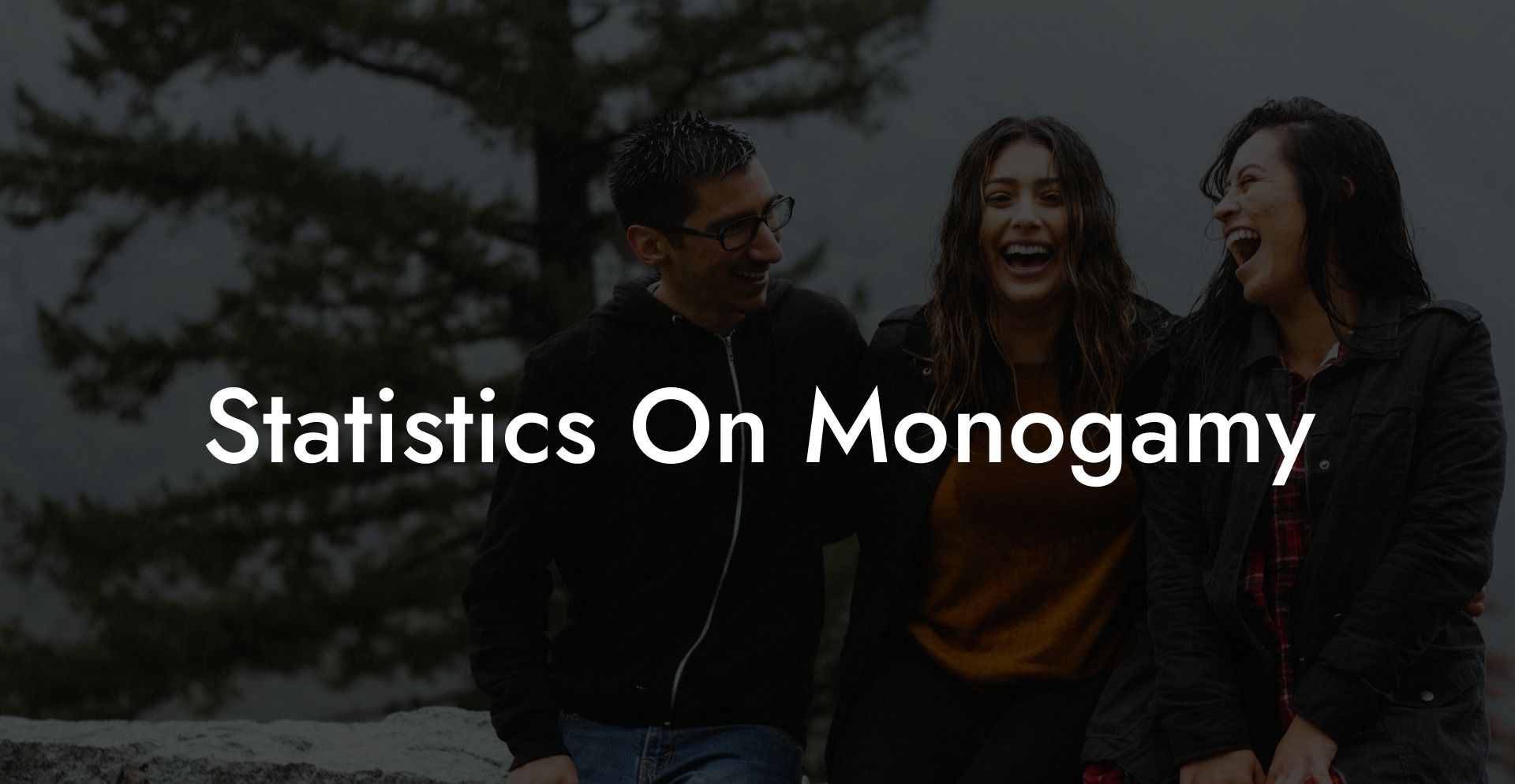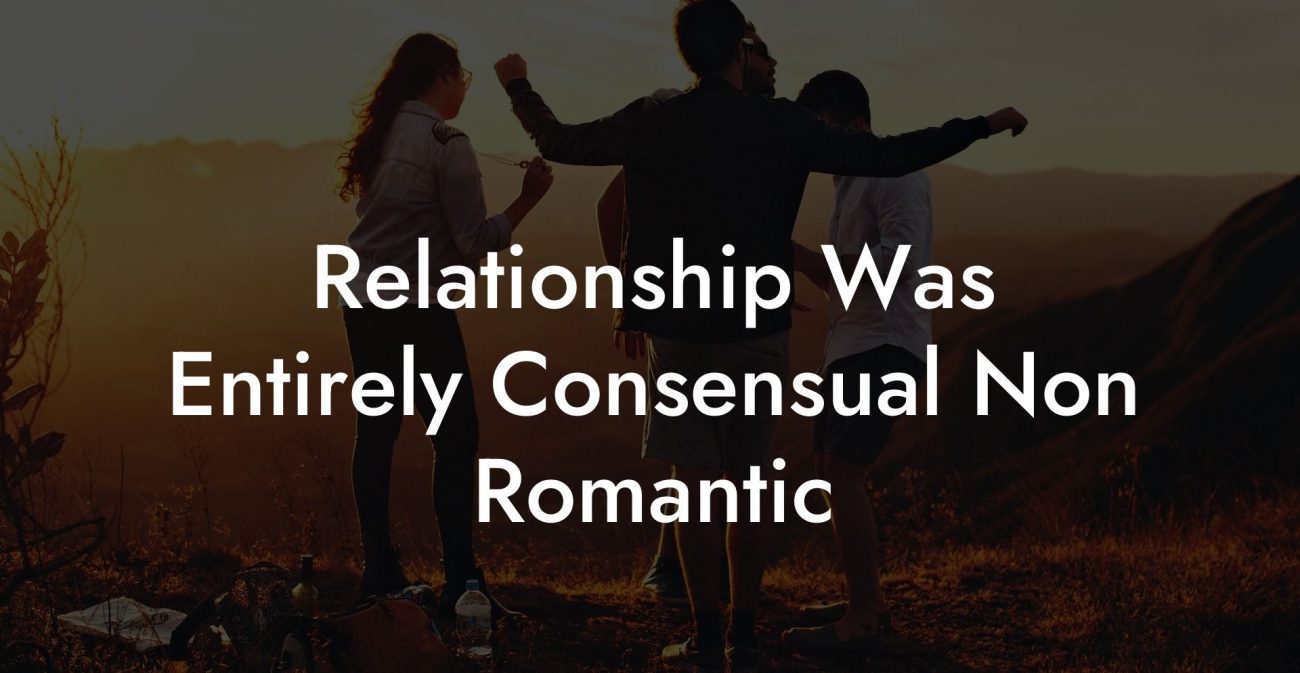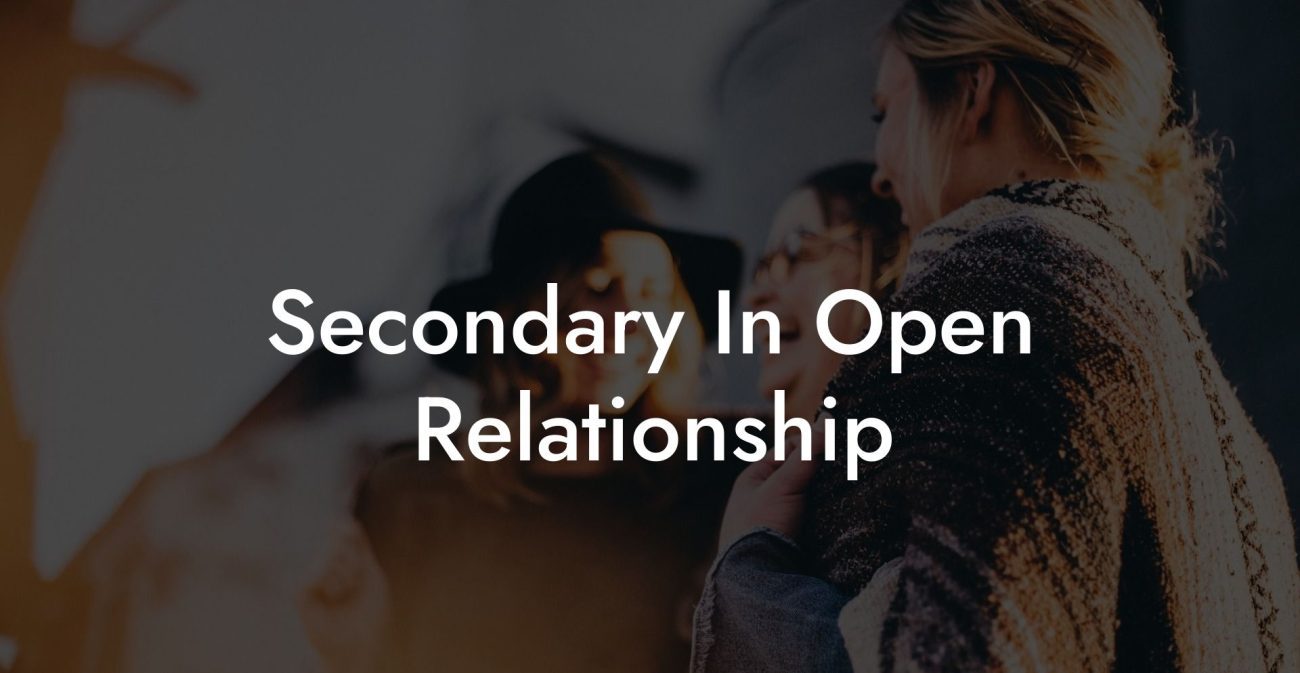Monogamy: often touted as the gold standard of romantic relationships. Society expects us to find one soulmate, marry, and remain faithful to them for the rest of our lives. But, does practicing monogamy come as naturally to humans as we’ve been led to believe? In an era of unprecedented options, this topic is more relevant than ever.
Statistics On Monogamy Table of Contents
Welcome to The Monogamy Experiment, where we delve into fascinating statistics on monogamy, non-monogamy, and everything in between. By the end of this post, you'll not only have a deeper understanding of how people navigate the complex world of relationships but also question whether lifelong monogamy is the right choice for you. Remember to share this post and explore other insights on our blog.
Monogamy Origins and Prevalence
First, let's explore the origins of monogamy. Although numerous animal species, such as swans and wolves, are famous for their monogamous partnerships, only about 3% to 5% of mammal species are truly monogamous.
As for humans, different theories argue that monogamy emerged as a result of agriculture, and others assert it is due to socio-economic changes in society. Around 80% to 90% of human cultures have allowed polygamy in some form throughout history.
Marriage and Divorce Rates
According to a 2019 CDC report, the marriage rate in the United States reached a historic low of 6.5 per 1,000 population. In contrast, the divorce rate also hit a 50-year low at 2.7 per 1,000 population. With many people choosing not to marry or entering multiple sequential marriages, the landscape of monogamous relationships is shifting.
Infidelity Statistics
Infidelity poses the most substantial threat to monogamous relationships. Research suggests that 20% to 40% of men and 20% to 25% of women have engaged in extramarital sexual affairs. This data raises intriguing questions about the natural tendency to engage in monogamous relationships.
Non-Monogamous Relationships
While monogamy remains the dominant relationship structure, non-monogamous relationships such as polyamory and ethical non-monogamy have gained traction in recent years. According to a 2016 study, 4% to 5% of Americans identify as polyamorous. Another study showed that 15.3% of single adults had experimented with non-monogamous relationships in their lifetime.
Statistics On Monogamy Example
Mark and Jessica, both in their mid-30s, have been together for over ten years. Recently, they decided to explore new relationship configurations and visited The Monogamy Experiment to research their options. Although hesitant, they took the leap together and agreed to give polyamory a try. By openly communicating and setting boundaries, their relationship has become stronger and their love, deeper. Their story demonstrates that it's possible to thrive in alternative relationship structures, should both partners be willing.
Undoubtedly, the statistics presented here offer a thought-provoking perspective on human relationships. While monogamy still prevails, we are increasingly witnessing a push towards more diverse relationship structures. As societal norms shift, it's crucial to remain open-minded and explore what works best for each individual.
We encourage you to question the assumptions placed on relationships and share this enlightening post with others. Be sure to check out the other insightful guides on The Monogamy Experiment as we help you navigate the fascinating world of monogamy, non-monogamy, and polyamory.













